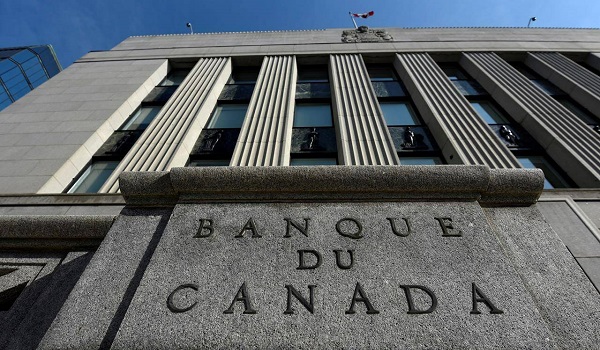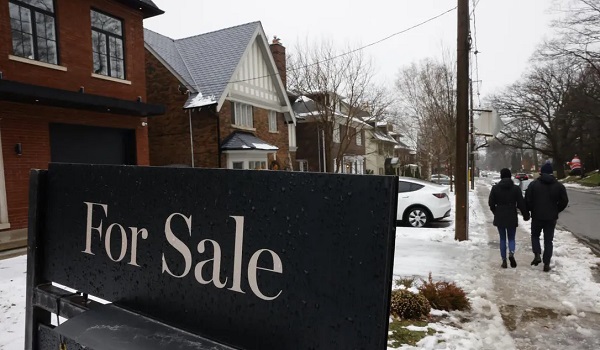Data shows investors are responsible for 30 per cent of home purchases in Canada
Investors have become more prevalent in Canada’s housing market, accounting for 30 per cent of all residential real estate purchases in the first part of this year, according to new data.
Over the course of the COVID-19 pandemic, investor buying has grown as soaring home prices ramped up interest in residential properties as an asset class.
Investors were responsible for 30 per cent of home purchases in the first three months of the year, according to data released by the Bank of Canada. That is up from 28 per cent in the first quarter of last year, and 22 per cent in the same period in 2020. The central bank defines an investor as a buyer who took out a mortgage to buy the property while maintaining a mortgage on another home.
Meanwhile, the percentage of first-time homebuyers shrunk to 43 per cent in the first quarter of this year from 48 per cent in the same three months in 2020. Similarly, repeat buyers fell to 27.5 per cent from 30 per cent over the same period.
The Bank of Canada’s data reveal the growing investor influence on the Canadian housing market. The pandemic’s low interest rate environment and the proliferation of marketing promoting real estate investing have encouraged everyday Canadians and investors to buy multiple properties.
“The presence of investors in real estate markets can amplify house price cycles,” the Bank of Canada said in a note accompanying the data.
“During housing booms, greater demand from investors can add to bidding pressures and intensify price increases,” said the note. “Similarly, when prices are stable or declining, a lower influx of investors can add downward pressure on housing demand and prices.”
So far, the federal government has not addressed individual domestic real estate investors as it tries to come up with policies to deal with the lack of affordable housing. Instead, Ottawa has targeted foreign real estate buyers with a ban on purchases until the end of 2024.
The central bank’s data are designed to shed light on two vulnerabilities facing the Canadian economy: the elevated level of household indebtedness and high house prices. It reveals that some vulnerabilities are increasing, including tiny increases in delinquencies for car loans and instalment loans, which have set repayment schedules. Mortgage delinquencies, in which a borrower misses a payment by at least 90 days, stayed steady at 0.12 per cent.
There was a slight uptick in highly indebted borrowers, or those with a mortgage that is 4.5 times greater than their annual income. And the share of new mortgage borrowers who spent more than 25 per cent of their gross income on mortgage payments was 29 per cent in the second quarter. That level is similar to the previous few quarters, but higher than 2022′s second quarter at 19 per cent.
The central bank considers households that spend at least a quarter of their gross income on mortgage payments to be more vulnerable to rising interest rates or a loss of income.
At the same time, other vulnerabilities are easing. The share of homeowners who put down less than 20 per cent of a property’s purchase price has waned over the past few years. They were responsible for 12 per cent of the purchases in the second quarter of this year, compared with 18 per cent in the same period in 2020.
The data show home flipping, where buyers sell their properties within 12 months of their purchase, has been on the rise over the past two years. But over all, home flipping still accounted for less than 3 per cent of transactions in the first quarter.
The bank said it would update these indicators every quarter.
This article was reported by Globe and Mail
















